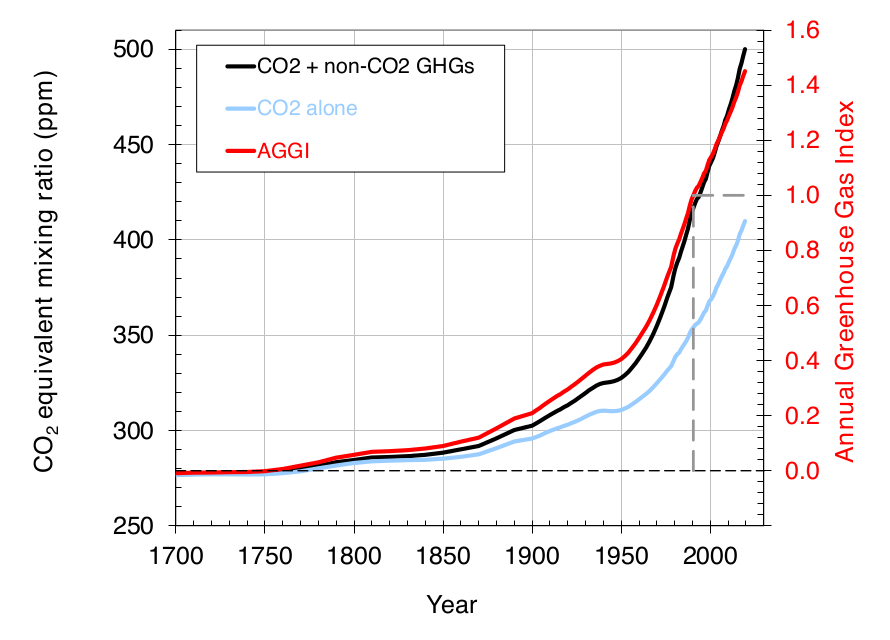World energy report reveals 2023 was a year of record highs in an energy-hungry world – “In a year where we have seen the contribution of renewables reaching a new record high, ever increasing global energy demand means the share coming from fossil fuels has remained virtually unchanged at just over 80 percent for yet another year”

20 June 2024 (Energy Institute) – The Energy Institute (EI) and co-authors KPMG and Kearney today released the 73rd annual edition of the Statistical Review of World Energy, presenting for the first time full global energy data for 2023.
Five key stories emerge from the 2023 data:
- Record global energy consumption, with coal and oil pushing fossil fuels and their emissions to record levels
- Global primary energy consumption overall was at a record absolute high, up 2% on the previous year to 620 Exajoules (EJ).
- Global fossil fuel consumption reached a record high, up 1.5% to 505 EJ (driven by coal up 1.6%, oil up 2% to above 100 million barrels for first time, while gas was flat). As a share of the overall mix they were at 81.5%, marginally down from 82% last year.
- Emissions from energy increased by 2%, exceeding 40 gigatonnes of CO2 for the first time.
- Solar and wind push global renewable electricity generation to another record level
- Renewable generation, excluding hydro, was up 13% to a record high of 4,748 TWh
- This growth was driven almost entirely by wind and solar, and accounted for 74% of all net additional electricity generated.
- As a share of primary energy use, renewables (excluding hydro) were at 8%, or 15% including hydro.
- Ongoing Ukraine conflict cements gas rebalancing in Europe
- European gas demand fell by 7% following a fall of 13% the previous year.
- Russia’s share of EU gas imports fell to 15%, down from 45% in 2021, with LNG imports outflanking piped gas to Europe for a second year in a row.
- Dependence on fossil fuels in major advanced economies is likely to have peaked
- In Europe fossil fuels fell to below 70% of primary energy for the first time since the Industrial Revolution, driven by demand reduction and renewable energy growth.
- US consumption of fossil fuels fell to 80% of total primary energy consumed.
- Growth economies struggle to curb fossil fuel growth, but renewables accelerate in China
- In India fossil fuel consumption was up 8%, accounting for almost all demand growth, and stood at 89% share of overall consumption. For the first time, more coal was used in India than Europe and North America combined.
- In Africa primary energy consumption fell in 2023 by 0.5%. Fossil fuels accounted for 90% of overall energy consumption, with renewables (excluding hydro) at only 6% of electricity.
- China’s full return post-Covid saw fossil fuel use increase to a new high, up 6%, but as a share of primary energy it has been in decline since 2011, down to 81.6% in 2023. China added 55% of all renewable generation additions in 2023, i.e. more than the rest of the world combined. It also overtook Europe on an energy per capita basis for the first time.

EI President Juliet Davenport OBE HonFEI said:
“Energy is central to human progress. It is also now central to our very survival. With global temperature increases averaging close to 1.5°C, 2023 was the warmest year since records began, and the increasingly severe impacts of climate change were felt across all continents.
“In this Year’s Statistical Review, we report on another year of highs in our energy hungry world. 2023 saw record consumption of fossil fuels and record emissions from energy, but also record generation of renewables, driven by increasingly competitive wind and solar energy.”
EI Chief Executive Nick Wayth CEng FEI, said:
“The progress of the transition is slow, but the big picture masks diverse energy stories playing out across different geographies. In advanced economies we observe signs of demand for fossil fuels peaking, contrasting with economies in the Global South for whom economic development and improvements in quality of life continue to drive fossil growth.”
Simon Virley CB FEI, Vice Chair and Head of Energy and Natural Resources, KPMG in the UK said:
“In a year where we have seen the contribution of renewables reaching a new record high, ever increasing global energy demand means the share coming from fossil fuels has remained virtually unchanged at just over 80% for yet another year.
“With CO2 emissions also reaching record levels, it’s time to redouble our efforts on reducing carbon emissions and providing finance and capacity to build more low carbon energy sources in the global south where demand is growing at a rapid pace.”
Romain Debarre FEI, Partner and Managing Director Energy Transition Institute, Kearney said:
“COP28 and rhetoric from world leaders on the energy transition demonstrates the ambition to reduce the world’s fossil fuel dependency. However, this ambition is futile unless it is matched with drastic and coordinated actions resulting in real and immediate impact on climate change mitigation.
“With global temperature increases closing in on 1.5°C, we hope that this report will help governments, world leaders and analysts move forward, clear-eyed about the challenge that lies ahead, and ready to take a lead in promoting and enabling the use of clean energy across the world.”
“A year of record highs in an energy hungry world”, EI Statistical Review reveals


